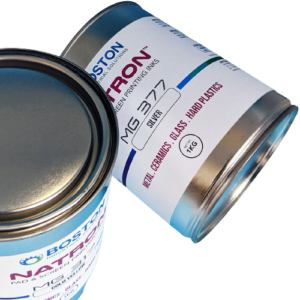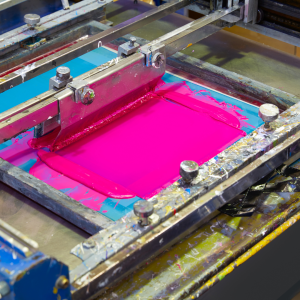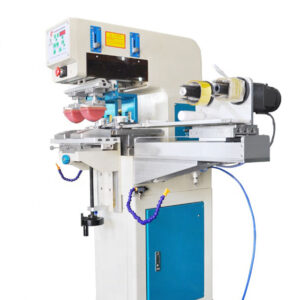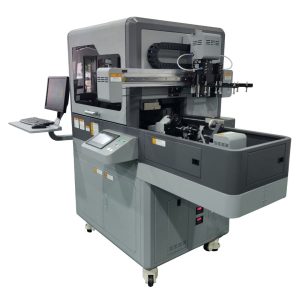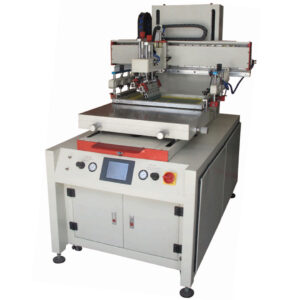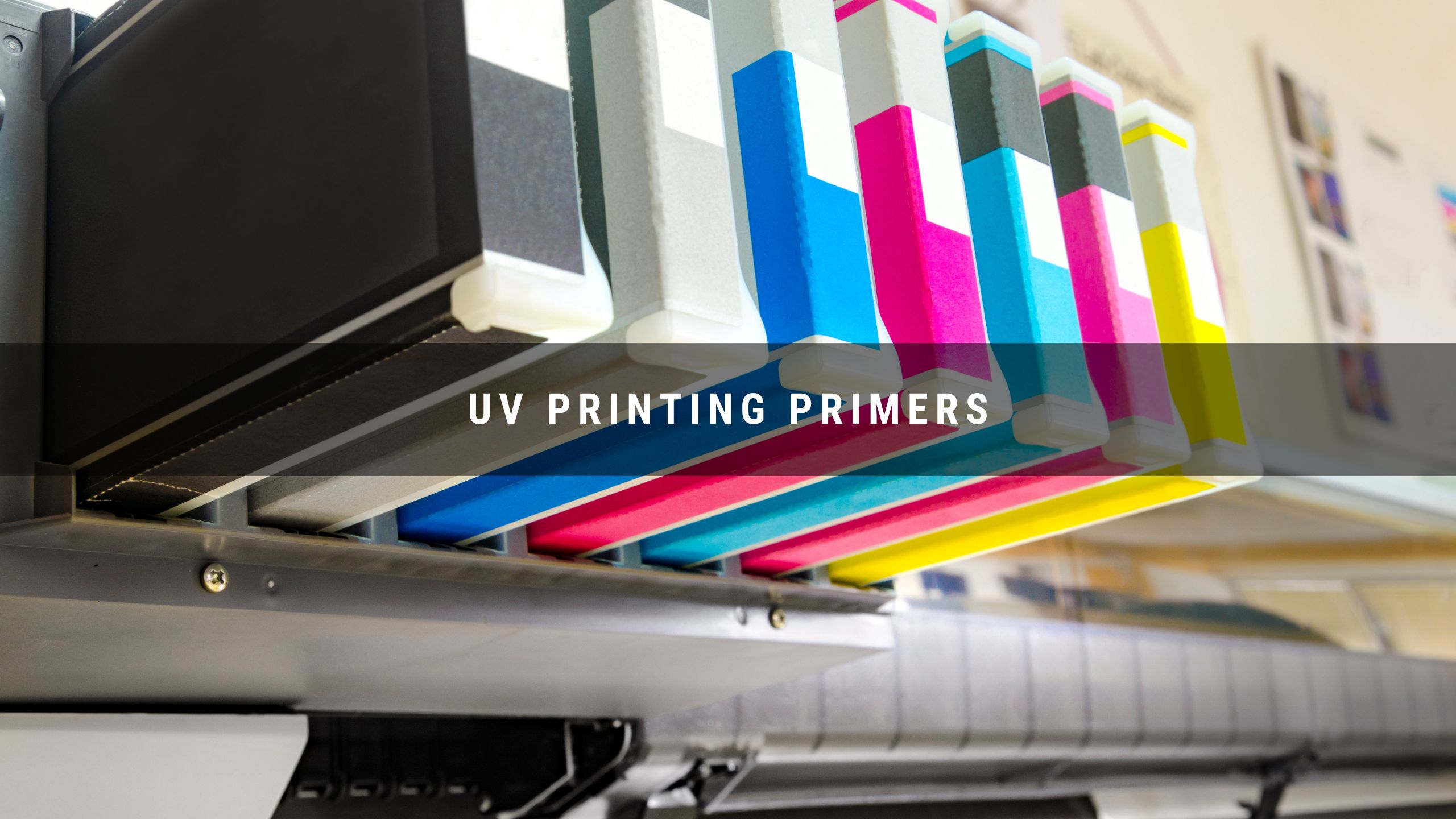Improving UV Ink Adhesion with UV printing primers
UV ink primer improves UV inkjet inks’ adhesion on substrates. The printing ink must properly wet the surface in order for it to bond to the part. Scientifically and in simple words, “wetting” means changing the surface energy of the substrate to relatively the same energy level as the ink. A good example of this phenomenon is when a car is waxed, water will bead on the surface. On a car that has not been waxed, on the other hand, water droplets will spread on the surface. This type of spreading is what we try to achieve when we use UV printing primers on a product. Check out our article what is adhesion promoter?
How to get UV inkjet ink to adhere to substrates
To achieve outstanding prints on any surface, UV inkjet ink must naturally wet the part (substrate). A major challenge for digital printing ink is the ability to print many substrates with one ink. In addition, it is not efficient to constantly change the ink for every substrate. To increase efficiency, UV printing primers help to achieve optimal ink adhesion. The first step before printing anything is to make sure the surface is clean—free from debris. Denatured alcohol is good for cleaning glass surfaces. Always use a lint-free cloth or micro-fiber cloth for cleaning purposes. A word of caution: do not use alcohol-based products on laser cut acrylic.
UV Ink Adhesion on Acrylic substrates
Acrylic is an excellent substrate to print on with UV inkjet ink. If the acrylic substrate has been laser cut, the first step is to clean it with Natron APX cleaner and a lint-free cloth. Once done, apply Natron M87 UV primer on a lint-free cloth and apply it to the acrylic. Give it a minute to dry and then print. Always perform a pre-production adhesion test before mass printing. Perform a fingernail test, scratch test, tape test, or Norman Abrasion tester.
UV printing primers for plastics
There are many types of plastics, from simple plastics to complex plastics such as polypropylene and tritan. Tritan is a BPA-free plastic—it is not manufactured with bisphenol A (BPA) or other bisphenol compounds, such as bisphenol S (BPS). According to clearlyfiltered, Tritan plastic is the safest plastic in the world. The first step is to wipe the surface of the substate with a lint-free cloth. This not only cleans the surface but also removes static, which might deflect UV ink droplets.
The next step is to apply the UV printing primers. For most plastics, use Natron PP Primer or PP3 Inkjet Primer for plastics. To print on tritan, use Natron G1 primer for glass. This UV printing primer for Tritan substrates works exceptionally well, making it the ideal primer to use on Tritan-based drinkware.
JP254 UV jettable primer also works very well on plastics. This primer is perfect for those who have the priming option on their inkjet machine. The JP254 UV ink primer reduces waste because you print on demand—where and only when it is needed.
There are other methods of priming plastics, such as pryosil, blow torch, and corona treatment. We will not cover these in this article.
Inkjet printing on metal
Metal primer for UV inkjet printing is crucial for UV ink adhesion onto metal substrates. Like with plastic, it is important to clean the surface to remove any debris prior to printing. Prime all metal surfaces, both coated and un-coated, with Natron M87 or the M74F UV printing primers for metal substrates. Natron JP254 UV ink jettable primer is a sustainable primer. Use this primer in UV flatbed and digital cylindrical printers that have a priming option
How to Get UV Printing to Stick to Glass
Glass requires priming prior to printing with UV inkjet inks. Like with plastics and metals, clean the glass with denatured alcohol, then use Natron G1 inkjet primer for glass. Let it dry, then print with UV ink.
How to apply UV glass primer: https://youtu.be/RB4TyQ0buM0
While UV ink adhesion on substrates can be challenging, UV printing primers help to improve adhesion on substrates as well as increase the types of materials you can print. To see the number of UV inkjet primers available please visit our primer section or reach out to us at +1 (781) 281-2558.


